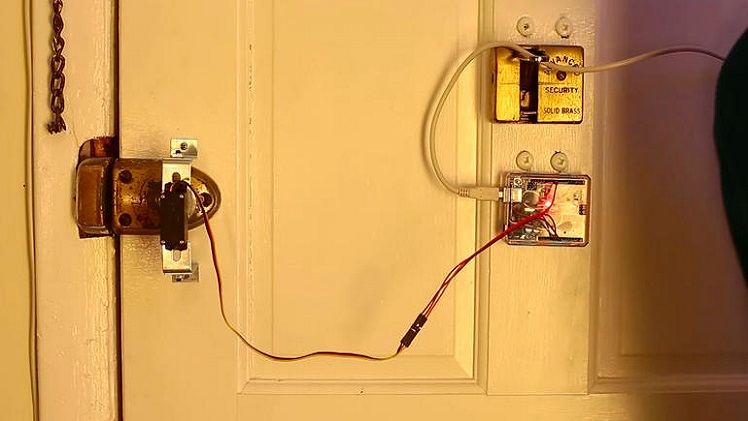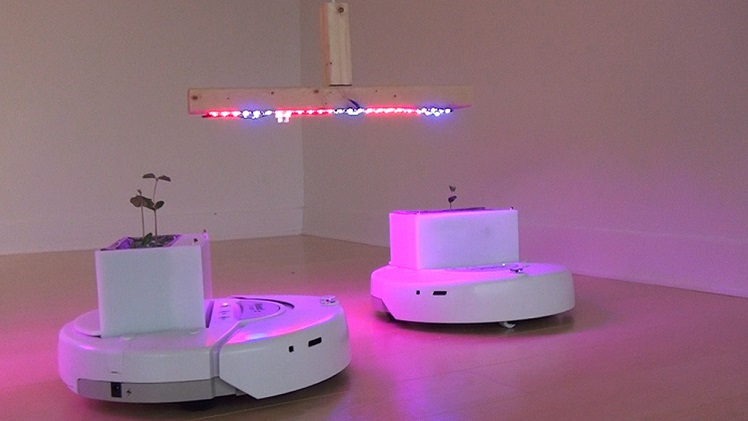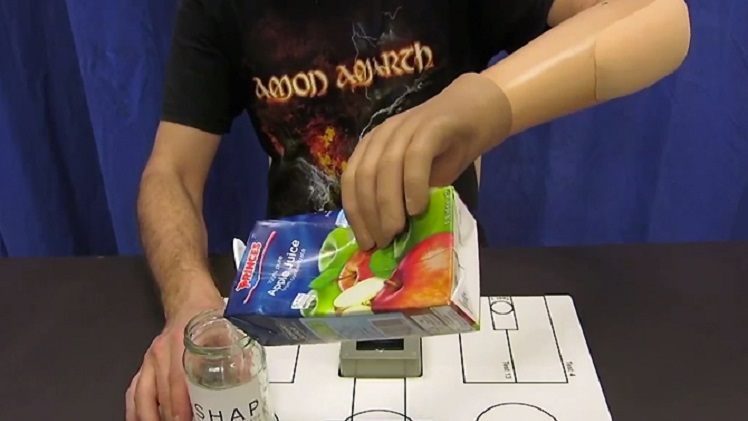Lizard Squad is back, hacks Lenovo website

So Lizard squad is in the news again, This time kicking a man when he’s down (not literally though). Who is the unlucky victim? Lenovo. The company’s website has been hacked to where instead of showing products, the page has a slideshow of webcam images set to a pop song. Clicking on the images redirects to the Twitter account @LizardCircle.
Earlier last week, Lenovo was making headlines ,after reports that it bundled adware with its computers that disabled HTTPS connections. Also, since Lenovo.com is resolving correctly in Google’s Chrome browser, but not on Safari or Firefox, I guess the difference comes down to what DNS options the various browsers are using.
In addition, the Lizard Circle Twitter also account posted an image that appears to be a message from PR agency Text100 to various Lenovo executives.
The account seems to be saying that it may have access to some of Lenovo’s internal email accounts, which if true, could go well beyond a simple website hack and represent something much larger. Then again, it could also mean that this is just a DNS attack and that Lizard Squad has used it as a way to intercept emails sent to the domain name.
Either way, it doesn’t seem to be a good week for Lenovo.
Use your Android wearable to open doors by saying “Ok Google, open sesame”

Wearables seem to be the “in” thing these days with the Pebble Time and the likes. Now in addition to the functions of your smartphone which you can control with Android wearables, one developer has found a way that allows users to unlock their doors wirelessly with only a voice command.
Dheera Venkatraman, a student of MIT student who’s responsible for the project created an Android Wear app that uses the Google Now-style “Ok Google” voice command. Once configured, users just have to approach the door, launch the “Sesame” app as it is called and simply say the magic words which are “Ok Google, open sesame,” and the door gets unlocked.
Then again, the door itself requires a certain degree of modification to make it Android Wear compatible. In order to do so, Venkatramann rigged up his door with an Arduino microcontroller, which then allows the lock to be activated via the app.
In addition to describing the process and components used, he also posted the code for the Android Wear app on GitHub, so other developers can use it.
Robotic plants that search for optimum sunlight

You know how certain plants prefer the shade, whereas others prefer the sun right? Well, a museum exhibit from two artists/researchers at Purdue University shows that some plants could literally go in search of sunlight and/or optimum lighting conditions.
Created by Shannon McMullen and Fabian Winkler, Soybots are autonomous robots that have custom planter boxes that contain soybean plants. The bots are equipped with sensors and programmed to seek out the best lighting conditions. So as they search, the robots transmit the sensor data and their coordinates to a computer screen. Such details include daily average of light absorbed and distance traveled.
Given the industrialization of the food industry and the automation of farms, this exhibit is one small and rather unique way of showing the correlation between plants and technology. It also shows what the future of farming may hold. Just imagine a garden in a small backyard that literally moves from one end to the other in order to stay in the sun.
Well, I guess you got to hand it to these guys

A group of surgeons and engineers in Europe have come up with a mind-controlled bionic hand that functions almost as well as a real hand, but without the risk of rejection
Three Austrians were lucky to be the beneficiaries of this technology. They had suffered injuries to the brachial plexus (a network of nerves running from the spine to the upper limbs). This type of injury akin to an “inner amputation,” essentially separates the hand from neural signals. The three patients received their futuristic robot appendages in surgeries between April 2011 and May 2014.
Oskar Aszmann of the Medical University of Vienna, who invented the technique, said it was in some ways less risky than a donor hand transplant, which requires the use of strong immunosuppressant drugs that can cause serious health problems.







GIPHY App Key not set. Please check settings